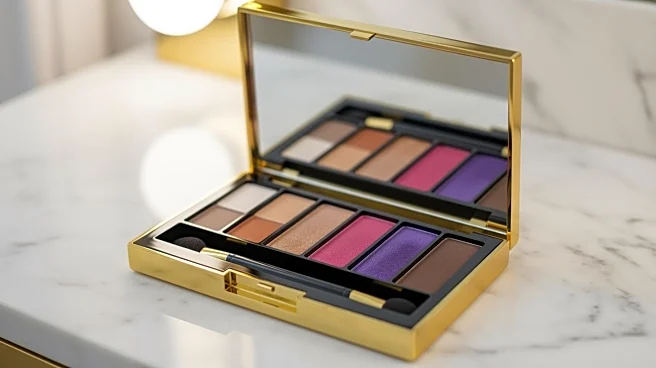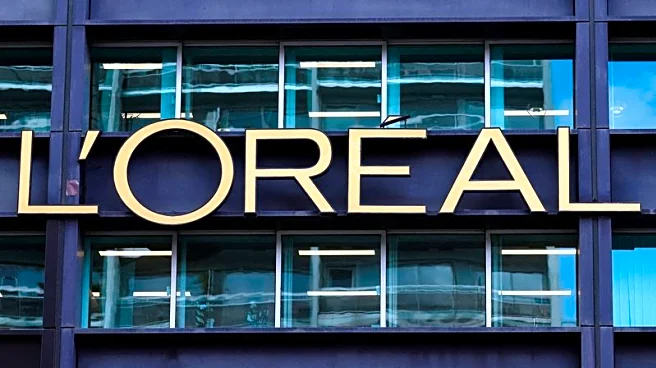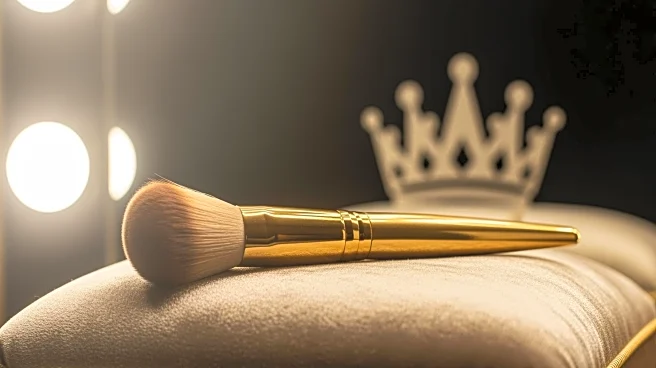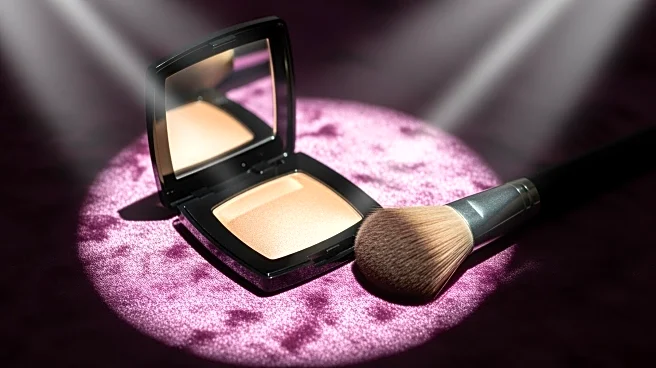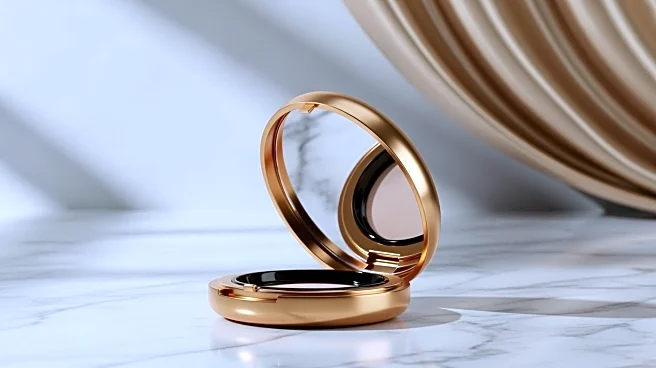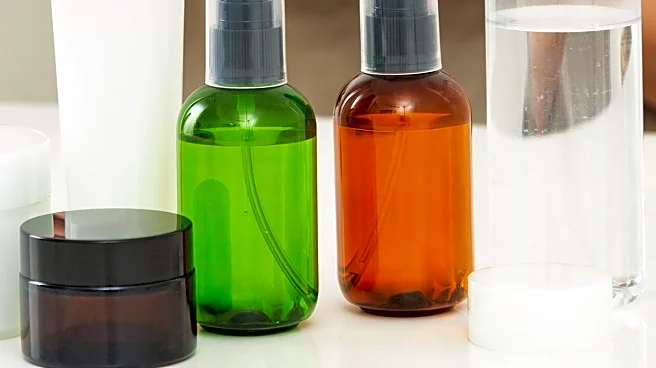What's Happening?
Beauty Packaging Magazine has released its annual report ranking the top 20 global beauty companies based on their beauty sales. The report provides insights into executive changes, market trends, and
innovations in packaging and products. Despite challenges in the industry, such as adapting to sustainability and meeting consumer demands, the beauty sector continues to show resilience and creativity. Fragrance remains a leading category, while skincare, haircare, and cosmetics maintain strong positions. The report also highlights the impact of social media on brand success, noting a shift in engagement trends across platforms.
Why It's Important?
The beauty industry's ability to adapt and innovate is crucial for its continued growth, especially in the face of economic and environmental challenges. The report underscores the importance of sustainability in packaging and the evolving consumer preferences that drive market trends. As social media engagement shifts, companies must reassess their marketing strategies to maintain consumer interest and drive sales. The industry's performance, with beauty sales reaching $50.6 billion in the U.S. for the first half of the year, indicates a robust market with potential for further expansion.
What's Next?
The beauty industry is expected to continue its focus on sustainability, with mono-material packaging gaining traction to improve recycling rates. Companies will likely explore new marketing strategies to enhance social media engagement, particularly as platforms like YouTube gain prominence over Instagram. The industry will also keep an eye on emerging trends predicted by experts, such as the reinterpretation of classic beauty styles for modern consumers. These developments will shape the future of beauty sales and consumer interactions.
Beyond the Headlines
The report suggests a deeper examination of the ethical implications of sustainability practices in the beauty industry. As companies strive to meet consumer demands for eco-friendly products, they must balance aesthetics and performance with environmental responsibility. Additionally, the shift in social media engagement may lead to a reevaluation of influencer marketing strategies, potentially affecting how brands allocate resources and measure success.
